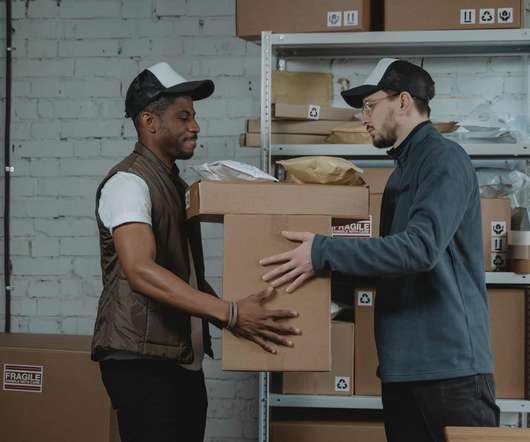10 Trends in Supply Chain Management & Logistics for 2022
Unleashed
NOVEMBER 1, 2021
How is the logistics and supply chain management industry evolving – and what developments do you need to consider? Read more: Supply chain management explained: methods in modern business 1. Read more: Supply chain management explained: methods in modern business 1. billion to $5.6 billion in 2021.
















Let's personalize your content